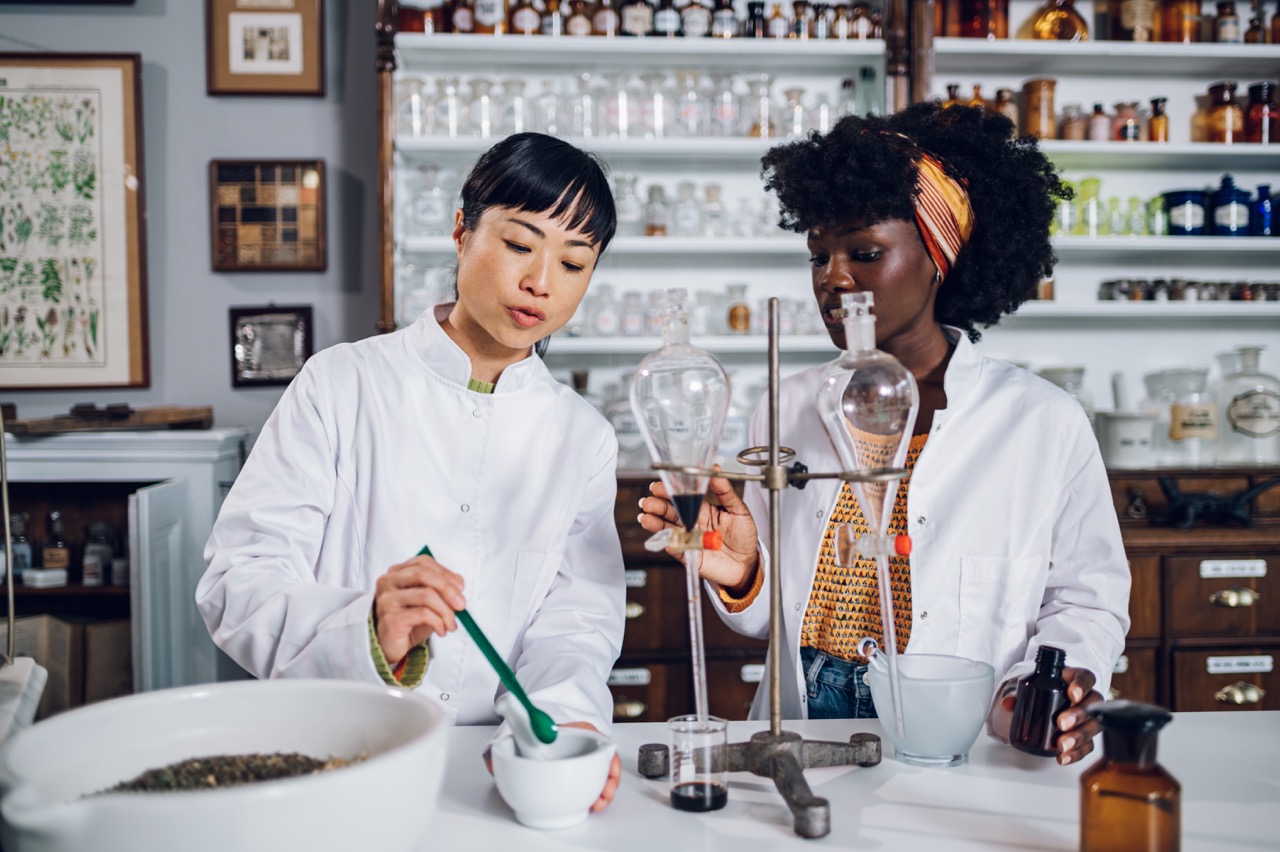The pasteurization process, named after the pioneering French scientist Louis Pasteur, has played a monumental role in enhancing food safety and public health since its inception in the 19th century. This method of heat treatment effectively reduces the microbial load in various food products, thereby preventing spoilage and spreading of diseases. Today, pasteurization is crucial in the dairy, juice, and canned food industries. This article explores the historical context of pasteurization, its scientific principles, its global impact on food safety, and current innovations in the field.
Understanding Pasteurization: A Historical Overview
The origins of pasteurization trace back to the mid-1800s when Louis Pasteur conducted groundbreaking research on fermentation and spoilage. He discovered that microorganisms were responsible for the deterioration of food and beverages, such as wine and milk. In 1864, he conducted experiments that demonstrated how heating liquids to a specific temperature for a defined period could kill harmful pathogens without significantly altering the product’s taste or nutritional value. This revolutionary insight laid the foundation for the pasteurization process.
Initially, pasteurization was adopted primarily in the wine industry to prevent spoilage and improve quality. However, as Pasteur’s findings gained wider recognition, the method was soon applied to milk and other perishable food products. The first commercial pasteurization plant opened in the United States in the 1880s, marking a significant shift towards more scientifically informed food preservation methods. By the early 20th century, pasteurization became a standard practice in many countries, significantly changing the landscape of food safety.
The widespread adoption of pasteurization was not without challenges. Early opposition stemmed from a lack of understanding about the science behind the process, as well as concerns about flavor and nutritional content. Yet, as public health crises arose—such as outbreaks of tuberculosis linked to unpasteurized milk—pasteurization grew increasingly recognized for its vital role in reducing microbial risks. Today, pasteurization is a fundamental practice in food safety regulations worldwide.
The Scientific Principles Behind Pasteurization Techniques
At its core, pasteurization operates on the principle of applying heat to eliminate pathogenic microorganisms and spoilage organisms in food products. The process typically involves heating a liquid to a specific temperature for a predetermined duration and then rapidly cooling it. The effectiveness of pasteurization relies on the careful balance between temperature and time, which ensures the destruction of harmful pathogens while preserving the food’s quality.
There are various pasteurization techniques, including High-Temperature Short-Time (HTST) and Ultra-High Temperature (UHT) pasteurization. HTST involves heating the product to at least 72°C (161°F) for about 15 seconds, while UHT requires temperatures exceeding 135°C (275°F) for a few seconds. These methods are optimized to ensure maximum microbial inactivation while minimizing the negative impact on flavor and nutritional value. The choice of method depends on the type of food, desired shelf-life, and storage conditions.
The scientific foundation of pasteurization is built upon rigorous microbiological research. Studies have identified critical pathogens, such as Salmonella, Listeria, and E. coli, which can cause severe health complications. By developing pasteurization protocols tailored to target these organisms, food safety authorities have crafted policies that protect consumers while maintaining the quality of food products.
Impact on Food Safety and Public Health Worldwide
The implementation of pasteurization has had a transformative effect on food safety and public health globally. The reduction of foodborne illnesses associated with raw milk and other unpasteurized products has been substantial. In countries where pasteurization is mandatory, incidents of diseases such as brucellosis and tuberculosis have dramatically decreased, showcasing the method’s effectiveness in preventing outbreaks.
Furthermore, pasteurization has played a significant role in extending the shelf-life of perishable products. By controlling microbial growth, pasteurized products can be stored safely for longer periods, reducing food waste and improving food availability. In developing countries, where access to refrigeration may be limited, pasteurization offers a practical solution for ensuring safe food consumption, thus contributing to food security.
Public health campaigns have also emphasized the importance of pasteurized products in promoting healthier consumption patterns. Educational initiatives have led to increased awareness regarding the risks associated with consuming raw milk and unpasteurized juices. As a result, pasteurization has become synonymous with food safety, significantly influencing consumer behaviors and regulatory standards across the globe.
Modern Applications and Innovations in Pasteurization
In recent years, advancements in technology have led to innovative applications of pasteurization, expanding its reach beyond traditional food products. For example, the use of pulsed electric fields (PEF) is emerging as a complementary method to enhance the effectiveness of pasteurization. This technology involves applying short bursts of high voltage to food products, enabling more efficient microbial reduction while preserving quality.
Additionally, the integration of smart technologies into pasteurization systems is gaining traction. IoT-enabled devices can monitor temperature and time parameters in real-time, ensuring that food processing adheres to stringent safety standards. These advancements not only enhance efficiency but also provide traceability, allowing for better quality control in food production.
The exploration of non-thermal pasteurization methods, such as high pressure processing (HPP) and cold plasma technology, is also on the rise. These innovative approaches aim to reduce microbial load while retaining the sensory and nutritional qualities of food. As the food industry continues to evolve, the future of pasteurization promises to embrace both traditional techniques and novel technologies, ensuring that food safety remains a top priority.
The pasteurization process, pioneered by Louis Pasteur, revolutionized food safety by providing a reliable method to eliminate harmful microorganisms. Its historical significance is underscored by the substantial improvements in public health that have accompanied its widespread adoption. As modern technology continues to innovate within the realm of pasteurization, we can anticipate further advancements that will enhance food safety and quality for generations to come. The legacy of Pasteur’s work remains as relevant today as it was over a century ago, underscoring the importance of science in safeguarding public health through improved food safety practices.










